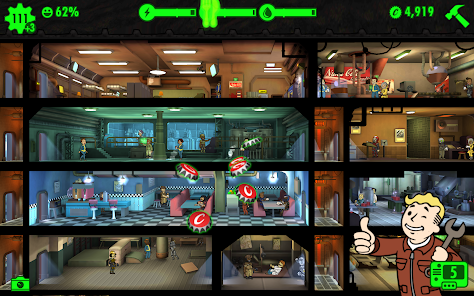Nestled in the historical landscape of New Mexico lies a relic from the Cold War era: the Fallout Shelter. During the tense years of the Cold War, fear of nuclear conflict loomed large over the United States. To protect citizens from potential nuclear fallout, fallout shelters were constructed across the country. In New Mexico, these shelters were part of a broader civil defense strategy aimed at safeguarding communities against the unthinkable.
One notable example is the Abo Elementary School in Artesia, New Mexico, built in 1962. Designed by architect Frank M. Standhardt, this unique structure functioned as both a school and an underground fallout shelter, equipped to withstand a thermonuclear blast. The school remained operational until 1995 and even received visitors from educational experts who sought to understand the impact of its environment on students’ performance.
The fallout shelters in New Mexico, including this dual-purpose school, were a testament to the era’s innovative yet anxiety-driven architectural solutions. These structures featured reinforced concrete walls and roofs, heavy steel doors, and decontamination showers, all designed to protect against radioactive particles. Although federal funding for fallout shelters ended in the 1970s, these sites remain a significant piece of Cold War history, symbolizing a period when the threat of nuclear war was a daily reality.
Today, these shelters serve as reminders of a time when the world stood on the brink of nuclear conflict. They offer a glimpse into the past and the measures taken to ensure survival in the face of potential catastrophe. Visitors to these historical sites can gain a deeper understanding of the Cold War era and the lengths to which communities went to protect themselves and their future generations.




